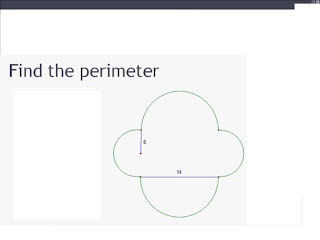Before watching the video didn’t know anything about the equations of circles. The only thing that I knew was what a circle was.
After watching the video I learned about the standard form of a circle. It is x minus h to the second plus y minus k to the second equals r to the second. H and K is the center of the circle and r is the radius of the circle. So, you can use this in order to find the radius of the circle. For example, if the center is five and negative one and there is a point on the circle that is one, two, you can plug that into the equation r equals the square root of x-h to the second plus y minus k to the second and get you radius. So, after you add and subtract your information after plugging it in, you get the radius to equal the square root of negative four to the second plus three to the second. After you square the numbers you get r to equal the square root of sixteen plus nine, or the square root of twenty-five. The square root of twenty-five is five, so your radius equals five. Lastly you plug that into the standard form and get your equation to be x minus five to the second plus y minus one to the second equation five to the second, or twenty-five. You can also graph the equation onto a graph, so basically you are doing the opposite; you are given the equation and you have to graph it. This is everything that I learned about after watching the video.
Word Count: 276
Questions:
I commented on Adam B's blog and ........















